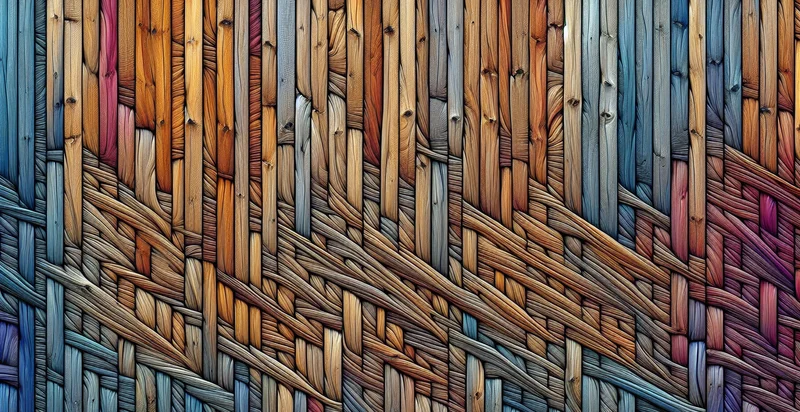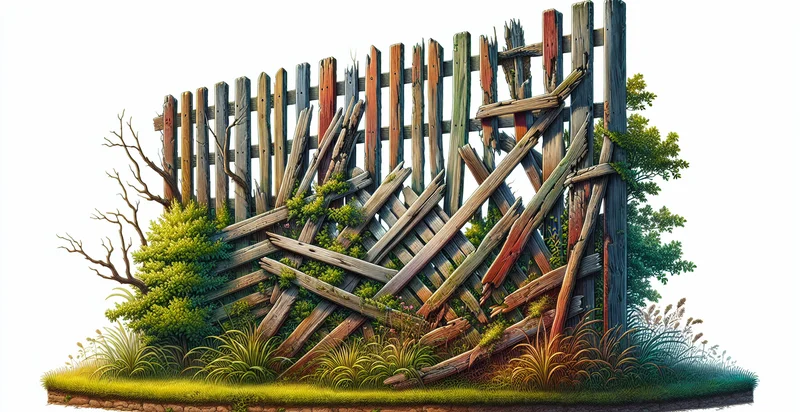Identify what material a fence is made from
using AI
Below is a free classifier to identify what material a fence is made from. Just upload your image, and our AI will predict what material a fence is made from - in just seconds.

Contact us for API access
Or, use Nyckel to build highly-accurate custom classifiers in just minutes. No PhD required.
Get started
import nyckel
credentials = nyckel.Credentials("YOUR_CLIENT_ID", "YOUR_CLIENT_SECRET")
nyckel.invoke("what-material-a-fence-is-made-from", "your_image_url", credentials)
fetch('https://www.nyckel.com/v1/functions/what-material-a-fence-is-made-from/invoke', {
method: 'POST',
headers: {
'Authorization': 'Bearer ' + 'YOUR_BEARER_TOKEN',
'Content-Type': 'application/json',
},
body: JSON.stringify(
{"data": "your_image_url"}
)
})
.then(response => response.json())
.then(data => console.log(data));
curl -X POST \
-H "Content-Type: application/json" \
-H "Authorization: Bearer YOUR_BEARER_TOKEN" \
-d '{"data": "your_image_url"}' \
https://www.nyckel.com/v1/functions/what-material-a-fence-is-made-from/invoke
How this classifier works
To start, upload your image. Our AI tool will then predict what material a fence is made from.
This pretrained image model uses a Nyckel-created dataset and has 16 labels, including Aluminum, Bamboo, Barbed Wire, Brick, Chain Link, Composite, Concrete, Electric, Gabion and Glass.
We'll also show a confidence score (the higher the number, the more confident the AI model is around what material a fence is made from).
Whether you're just curious or building what material a fence is made from detection into your application, we hope our classifier proves helpful.
Related Classifiers
Need to identify what material a fence is made from at scale?
Get API or Zapier access to this classifier for free. It's perfect for:
- Property Valuation Enhancement: Real estate appraisers can utilize the fence material identifier to assess property value more accurately. By understanding the quality and type of fence materials used, appraisers can better estimate the overall worth of residential and commercial properties.
- Insurance Risk Assessment: Insurance companies can implement this function to evaluate risk based on fence material. Different materials have varying levels of durability and vulnerability to weather-related damage, allowing insurers to tailor policies and premiums accordingly.
- Building Code Compliance Check: Construction companies and contractors can use the identifier to ensure that the fences installed comply with local building codes. By verifying the materials used, they can avoid potential legal issues and ensure safety standards are met.
- Urban Planning Efficiency: City planners can leverage the fence material identification to make informed decisions when developing urban spaces. Understanding common fencing materials in a neighborhood can help in zoning and aesthetic planning to maintain consistency in design.
- Home Improvement Retail Strategy: Home improvement retailers can analyze data on fence materials to optimize inventory and marketing strategies. By knowing popular materials in specific regions, they can tailor their product offerings and promotional campaigns to meet customer preferences.
- Smart Home System Integration: Smart home systems can integrate the material identification function to offer tailored security solutions. By understanding the strength and durability of the fence materials, they can recommend appropriate security devices or measures for homeowners.
- Sustainability Assessment: Environmental organizations can use this function to analyze materials used in fencing and promote sustainable practices. By identifying eco-friendly options, they can encourage consumers and businesses to consider environmentally responsible materials for fencing installations.


